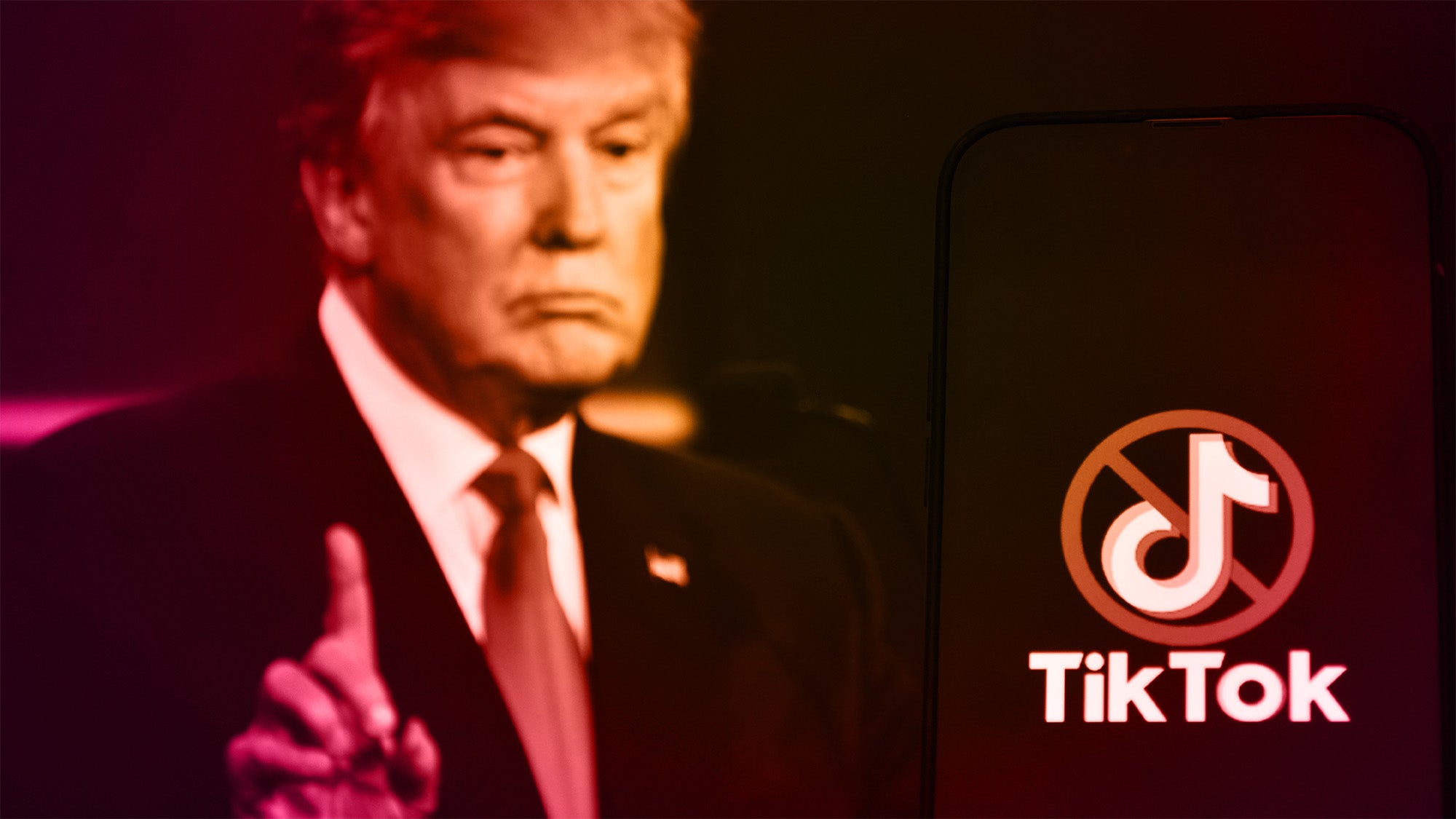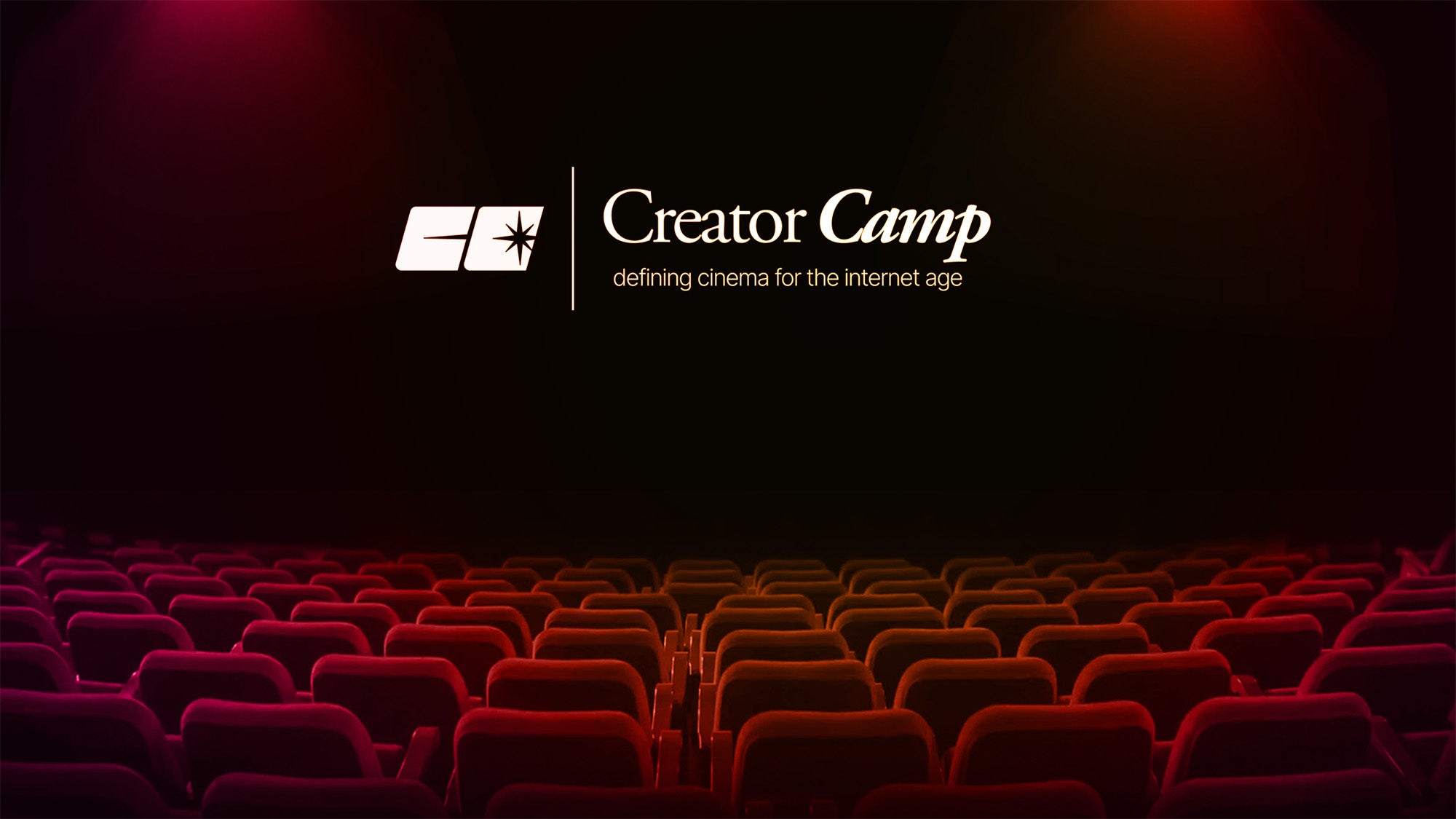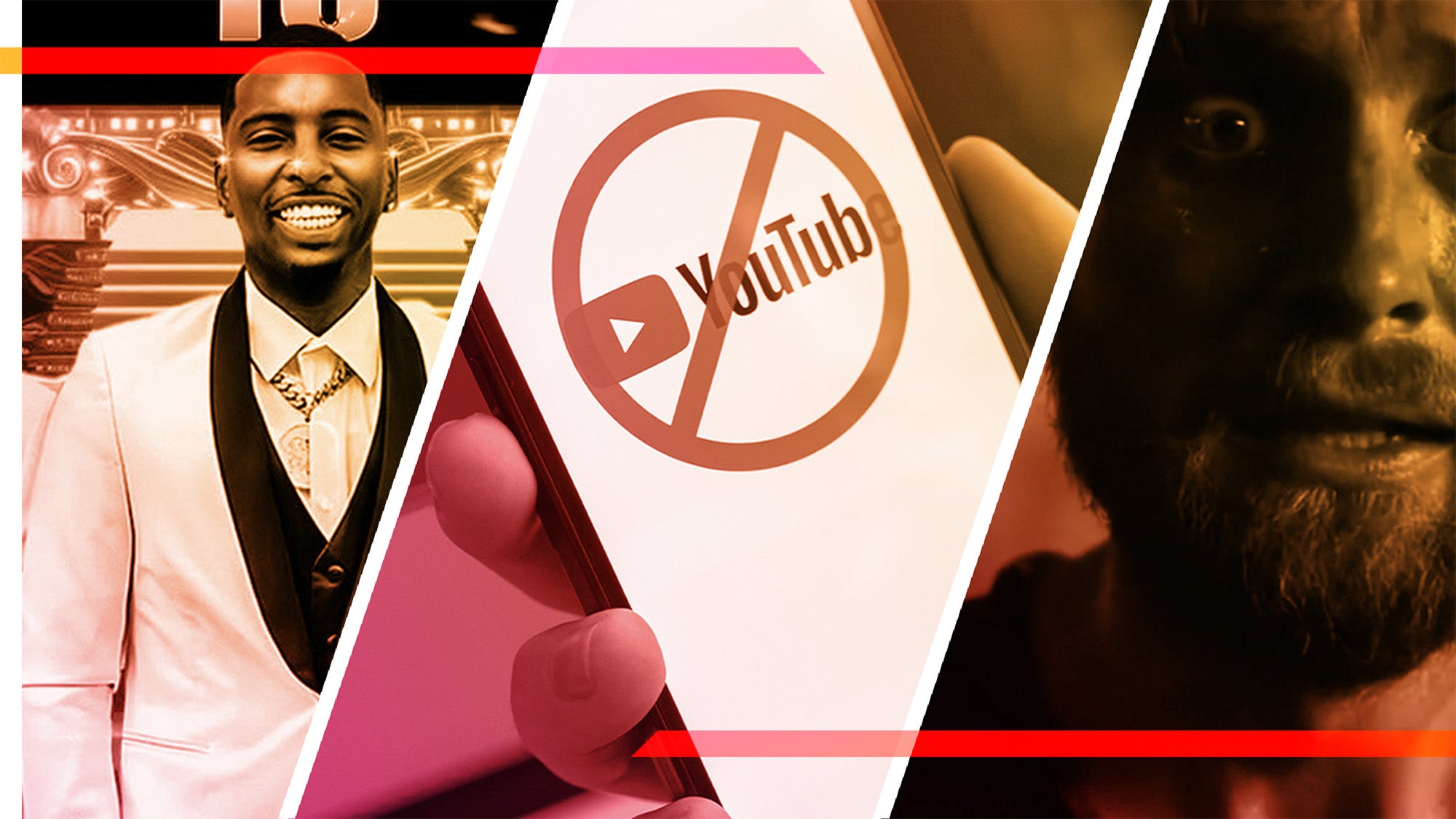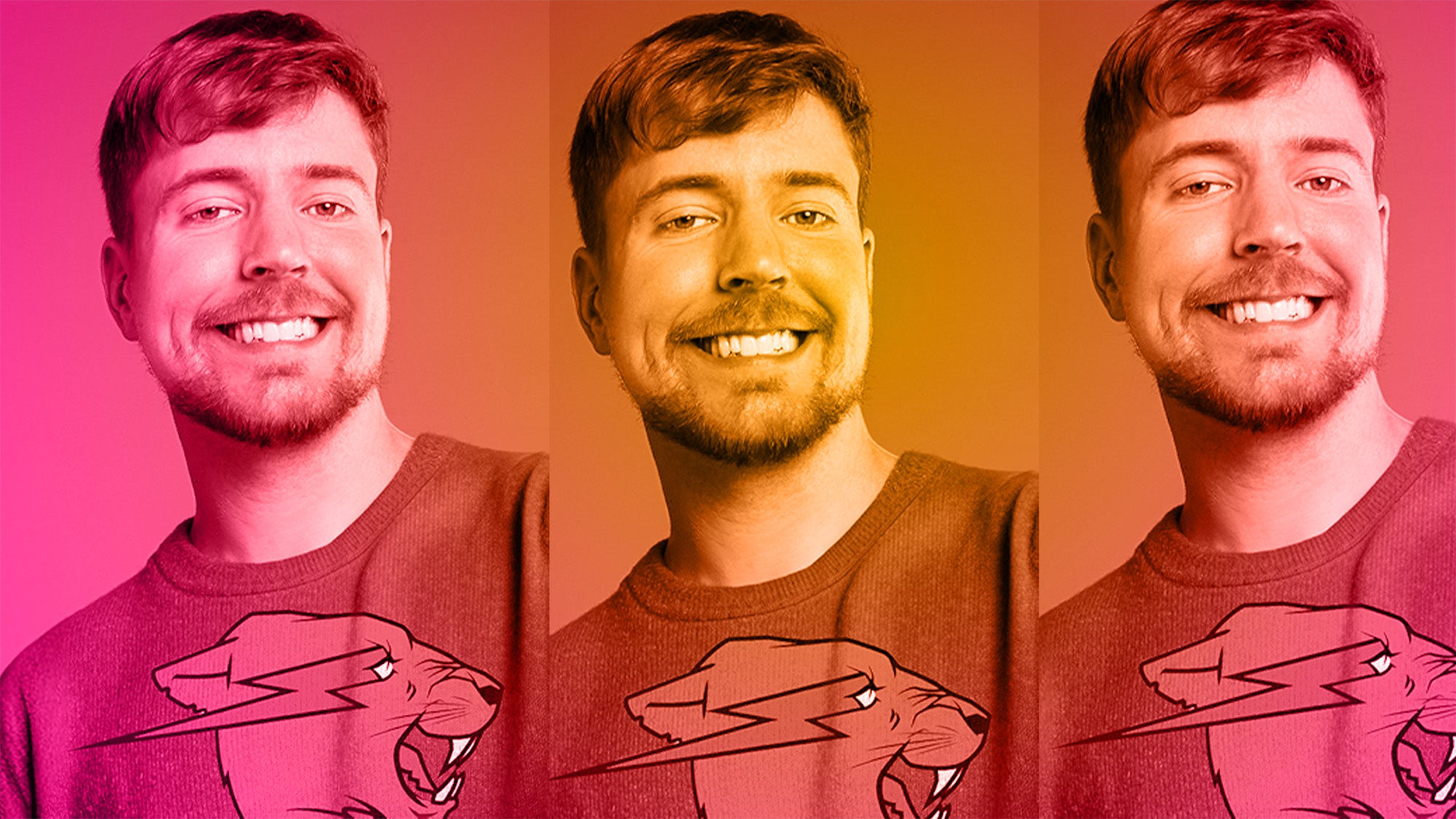This week, I launched a new podcast called BOY PROBLEMS, and while the announcement looked splashy and fun, it was more than a year in the making. That’s why I wanted to pull back the curtain and let you peek at what launching a podcast actually looks like. Because here’s the truth: launching any big project as a creator is both way easier and way harder than it looks. It’s simultaneously more work and less work than you expect, which sounds contradictory but is the only way I can really accurately describe it.
Before you begin, it’s completely overwhelming, you’re staring at what feels like a million impossible steps, and that’s why most people never even start. But once you’re in motion, you realize it’s not that hard. Until you hit the middle part, when you suddenly feel like the walls are closing in and you start to wonder if you should just give up and become a florist. That’s also where most people quit.
But if you can just keep going, if you can get to the end, you’ll realize it was all worth it. You’ll be proud, and exhausted, and weirdly ready to do it all over again. It’s the arc of every creative process I’ve ever experienced—first you’re excited, then you’re miserable, then you’re excited again. So if you’re going to take one thing from this, let it be this: don’t quit.
Every Podcast Has a Personality (And So Does Every Path to Launching It)
This isn’t my first time launching a podcast—it’s actually my fifth—and I’ve done it in just about every way you can imagine. You can launch independently, which is what I did with Heart Homework, a show I made during the pandemic with the same friend I was quarantined with. She also happened to be a brilliant producer, which made everything easier.
We reached out to guests ourselves, set up our own recordings, and somehow got people like Riz Ahmed and Rupi Kaur to come on. It felt shockingly easy because everyone was stuck at home. You can also launch a podcast as an employee at a media company, which usually means you get support but don’t own the rights. That’s what I did with Divided States of Women while I was at Vox. I had a salary and a team, but not the IP, which can create issues like it did for Call Her Daddy.
Then there’s the third option, which is what I did this time: partnering with a production company, podcast network, or media company. That route takes pitching. I spent a few grueling nights making a deck in Canva, my agent at CAA sent it around, and I talked about it to literally everyone—friends, acquaintances, people at parties, people on Raya. You name it, I pitched it. And you know what happened? Everyone said no.
If Everyone Passes, You Might Be on the Right Track
Yes, literally everyone. Even people who were fans of my work. Even people who were already listening to the two popular podcasts I was making at the time. I say this because it’s so important to know that when you’re doing something new—something that doesn’t quite exist yet—most people won’t see it. And that’s okay.
Don’t take rejection personally. Don’t soften or shrink your idea to make it more palatable unless you agree with the note. And know this: the more original or exciting your idea is, the more likely it will scare decision-makers. That’s not your fault—that’s the system.
Eternal Sunshine of the Spotless Mind would probably never be made today. Anthony Bourdain’s entire show would be a hard pass. Even something like Armchair Expert, one of the most beloved podcasts now, started as a passion project that Dax Shepard made on his own because no one else saw his vision. If no one wants your idea, you still have to make it.
You may have to go it alone. I came incredibly close to doing that with this one. And then, out of nowhere, someone I’d dreamed of collaborating with for years had the capacity and interest. My hero Katie Couric!! And I had the right project at the right time. It felt like a coincidence, but it was really just timing, meeting persistence. So yes, luck matters. But so does sticking with it long enough for luck to find you. It’s going to sound like crunchy granola, but as creators, we are co-creating with the universe. Your only job is to keep showing up.
You’ll Need a Few Things Before You Even Hit Record
Once the deal was signed, there was still a whole checklist of things to create before we could go live. We needed podcast art, a theme song, and a trailer—just to get the show listed on Spotify and Apple Podcasts. Apple takes longer than Spotify, with more forms and approvals, so if your page isn’t live yet, even though your trailer is out, don’t panic—but start early.
You’ll also need a show description and, ideally, a sponsor. I was really lucky that Katie Couric’s team helped us land a presenting sponsor—Kotex—in just a few weeks. That kind of support was crucial for me because without it, you’re in long-game territory, hoping your audience grows fast enough to eventually bring in ad revenue.
And if you decide, like we did, to make a video podcast? Just know it’s significantly more expensive. Audio-only is simpler and cheaper, but having a visual element makes it way easier to grow an audience on social. We did a photoshoot, and my insanely talented friend Sofala Mai offered to do it for a fraction of her usual rate—and still brought an incredible creative vision.
My friends Joey Soboleski (fellow creator) and James Del (publisher of Passionfruit!) also stepped in as one of my emotional support hot guys for the concept, and they absolutely delivered. If you’re wondering how much all of this might cost, a seasoned podcast producer estimated around $10,000. But if you’re scrappy—and your friends are generous—you can bring that number way down.
Aesthetic Direction Is a Whole Job—So Treat It Like One
If you’re doing video, you’ll also want to budget for the set. It doesn’t have to be fancy—but it does need to feel intentional. I highly recommend making a Pinterest board for your show. It sounds basic, but it’s actually a secret weapon for keeping your visual identity cohesive across everything—from music and artwork to lighting and furniture.
When you’re working with a producer, editor, or designer, having a reference board makes the vibe crystal clear without needing a thousand emails. And again, you can work with a small budget or a big one. I’ve pulled off great looks using stuff I already had at home, the kindness of friends, and, yes, Temu—if you don’t mind the chaos and the shipping times.
Recording the Show Is Actually the Fun Part
Once everything was in place, it was finally time to record. That’s the part I love. I’m lucky to record in Katie Couric’s studio, which takes care of the technical side, but you absolutely don’t need a fancy setup to get started. You can rent a podcast studio by the hour pretty cheaply, or you can create your own setup at home. It can be as simple or as elaborate as you want it to be.
A Zoom call works. An iPhone works. There are even affordable blogger cameras that auto-focus, so you can set it up on a tripod and press record. I really like this Sony one, but there are plenty and many options like refurbished ones online. If your show involves guests, it’s more work—especially for booking—but it also means more reach, especially if you can invite people with their own platforms or who already appear on other podcasts.
Editing Doesn’t Have to Be a Nightmare (Even If You Hate Editing)
Editing your show can be done in a lot of different ways. If you have a budget, you can hire an editor. If you don’t, you can find affordable options on platforms like Fiverr. I know creators who spend as little as $100 per video by using the platform to connect with editors.
I know some big creators who even outsource to editing teams in countries where the rates are more affordable. And if you have zero dollars, there are some amazing AI tools that can help. Descript is one of them—it can remove filler words, long pauses, background noise, and even adjust eye contact. It’s shockingly advanced and super beginner-friendly. Opus Clips is also great for creating social clips from your podcast to share on your social media platforms to grow your audience.
If You Don’t Have a Producer, AI Can Help (Controversial!!!)
If you don’t have the resources to hire a producer, AI can be really helpful here too. Tools like Perplexity can help you gather background on topics or guests, and ChatGPT can help turn that information into compelling questions. But if you’re not into AI, you can do it the traditional way. Everything AI can do, you can do too—it just takes longer. So if you’re juggling a day job or other creative projects, think of these tools as collaborators, not crutches.
The Secret Ingredient Is Consistency, Not Virality
Once your first episode is live, the most important thing you can do is stay consistent. Don’t let early numbers discourage you. Podcasts are slow burns. It’s about building a relationship with your audience over time. Dropping episodes on the same day and at the same time helps make your show part of their weekly routine. That’s how you build trust. That’s how you grow. You want to become part of people’s routines.
And this might be controversial, but I think the less something is produced, the better it performs right now. Shows that feel too polished can also feel distant or inauthentic. Part of why Smartless is so successful is that it feels like a hangout. It’s messy in a good way. So don’t waste time making it perfect before it exists. Just make it exist. You can always make it better later.
Your Podcast Should Feel Like a Friendship, Not a LinkedIn Message
Think of your podcast like a relationship, not a performance. The best ones have inside jokes, running bits, and moments that feel like you’re just eavesdropping on your smart, funny friends. That’s the vibe you’re going for. Don’t try to impress—try to connect. That’s what will make your show stand out in an oversaturated market. That’s what will make people come back.
Make It Fun or Don’t Do It
And finally, please don’t forget to have fun. Be kind to yourself. Launching something new is vulnerable and scary and exhausting and beautiful. If it’s not fun, pause. Ask yourself what would make it more fun. If that new version still aligns with your goals, do that. I’ve spent so much time trying to perfect content that I forgot to enjoy the process. And the audience can feel that.
They can feel when the energy is off. If I could go back and change one thing about all my creative projects, it would be this: I would have made fun the priority from the very beginning. Not only would it have made the process more enjoyable, but it probably would have made the outcome better.
So, however you decide to do it, just start. Make the show you want to listen to. And when you feel discouraged, remember: the world needs your podcast. And I can’t wait to hear it!




